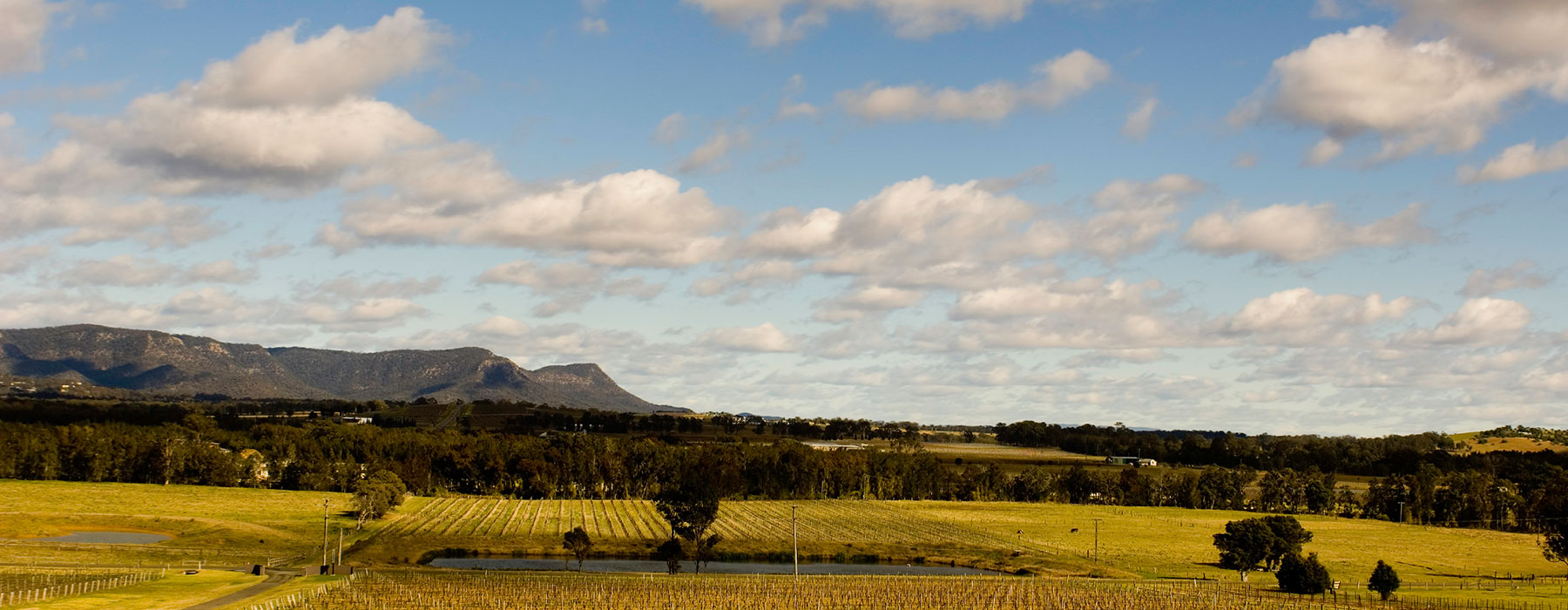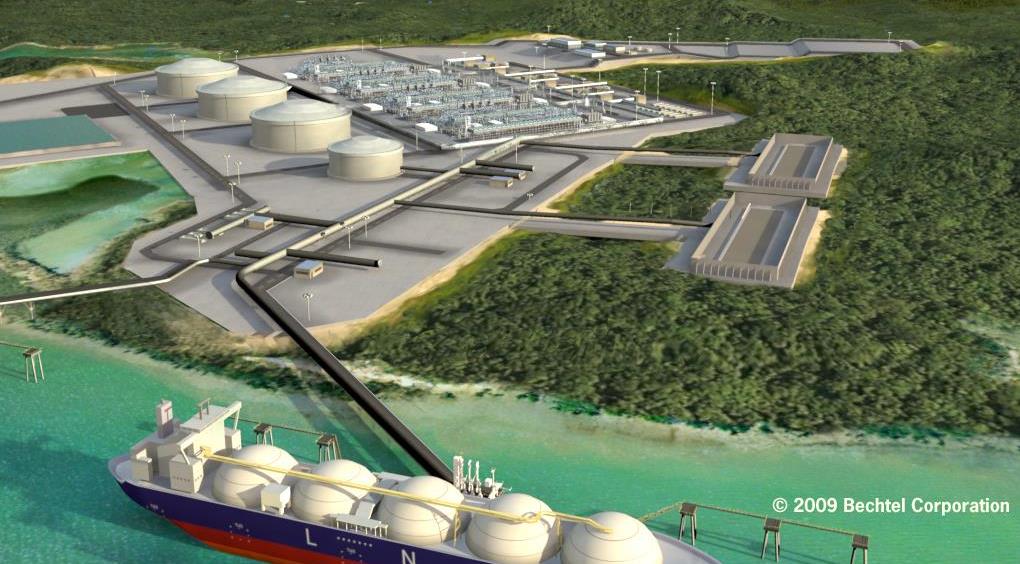This EIS produced the first basin-wide groundwater assessment of the Surat Basin. This work comprised numerical modelling that reflected the complex hydrogeology, variable bed thickness and hydraulic properties, and accommodated dual phase flow. Hundreds of groundwater bores were also monitored during the EIS.
A new multi-criteria classification for terrestrial ecology values was developed for the project, which has subsequently been adopted by the regulators. Management is specific to ecological sensitivity categories, from avoidance of clearing, to clearing only for certain types of infrastructure. Habitat guidelines were also developed for threatened species, weeds, feral animals, rehabilitation and revegetation, and ecological fire.
Social Impact Management Plan
A Social Impact Management Plan was prepared under new Queensland Government guidelines, following extensive stakeholder engagement, social and economic research and baseline studies.
This plan includes strategies for:
-
Ongoing consultation
-
Regional community consultative committees
-
Local content
-
Workforce and training
-
Housing and accommodation
-
Community investment
-
Indigenous engagement
-
Community health and safety.
During the LNG facility’s construction and commissioning phase a variety of environmental compliance tasks were successfully delivered:
-
Approvals assistance including advice and preparing approval and approval amendment applications
-
Compliance coordination assistance including annual returns and financial assurance
-
Receiving environment (including shorebirds, mangroves and marine water quality) monitoring programs
-
Social and stakeholder engagement support
-
Noise and air quality assessments
-
Gap analysis of construction contractor documents
-
Updating management plans and tabulating all commitments
-
Gathering suitable evidence for external auditing of environmental approvals and logging this in the compliance tracking tool
-
Auditing of environmental approvals
-
Assisting the client project team with environmental knowledge and bringing them on the journey
-
Undertaking regulator liaison
Results
The project was the first EIS in Queensland to provide the complete EIS document on the internet. The internet version allowed readers easier navigation and key word searching in the 10,000 page document.
The EIS has enabled APLNG to gain environmental approval from both the Queensland and Australian Governments within two and a half years of publicly announcing the project.
The EIS has provided the basis for APLNG to develop its project in a manner that meets its long-term sustainability principles and commercial imperatives.
The EIS won numerous awards, including:
-
Winner - Queensland Division Engineering Excellence Awards (Reports, Procedures and Systems) 2011
-
Finalist - National Engineering Excellence Awards 2011
-
Silver Award of Highly Commended – Consult Australia 2011
-
Winner of WorleyParsons’ ANZ Regional Managing Director’s Platinum Safety Award
These outcomes were achieved by Advisian despite:
-
The exceptional scale and size of the project
-
CSG to LNG being new to Australia
-
The project being concurrent with other mega developments (with a need to assess cumulative impacts)
-
The significant numbers and types of stakeholders to be engaged with
-
The tight project schedule
-
High expectations for quality, budget performance and safety from ConocoPhillips and Origin
-
High aspirations for sustainable development and a positive legacy from Origin and ConocoPhillips
-
The rapid pace of legislative change.
Advisian’s strong project leadership, committed staff, depth of capacity, disciplined application of project management systems, and a tightly-integrated approach with the client team, all came together to ensure the success of this project.




